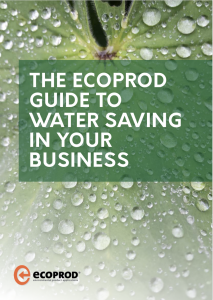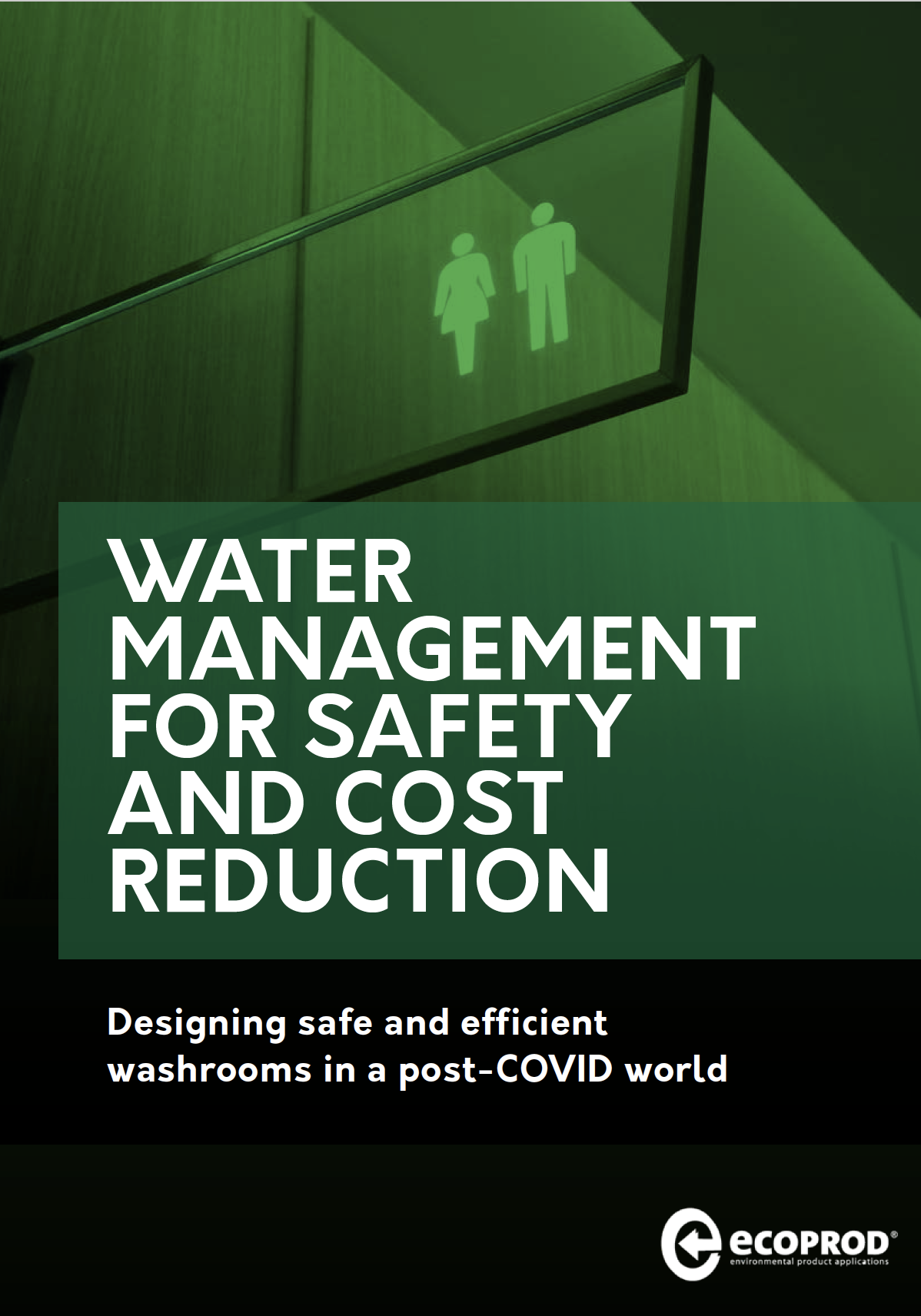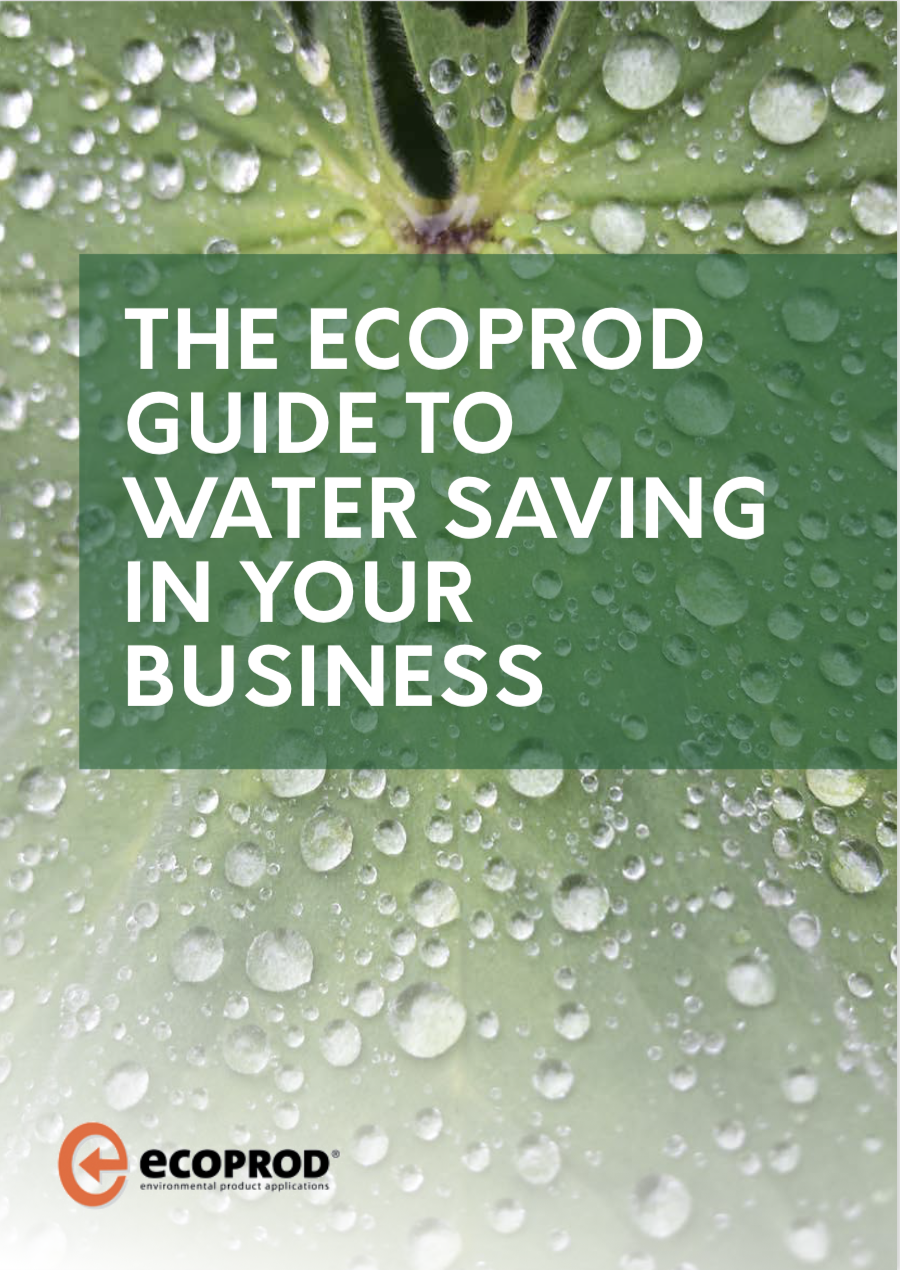Organisations often think of water saving and energy saving as two unrelated things, but actually they’re very closely linked. It takes a lot of energy to produce water, and a lot of water to produce energy, so if you’re using more water than you need to then your energy bills will also be higher than necessary. Whilst it’s true that water itself is a relatively cheap resource, the energy embedded within it that’s needed to heat it, cool it and move it around certainly isn’t.
Businesses are often spending a substantial amount of money pumping water around their facilities. Converting water into ice and steam is also very expensive. People often think of this cost simply in terms of the energy used, but of course if you can reduce your need for steam and ice or make more efficient use of the steam and ice that you do generate then you can have a significant impact not only on your overall water usage but also on your energy use and carbon footprint.
Utilities organisations are committed to achieving carbon neutrality so the link between water and energy use is a live issue for most businesses but is an area of carbon saving that can often be overlooked.
Watch this free webinar to learn more about:-
The water energy nexus
- How much carbon is embedded in one litre of water?
- Understanding the embedded carbon associated with how your business uses water
- Learn about the links between carbon and water
How understanding the relationship between water and energy use can save your organisation money
- Understanding the true cost of heating and cooling water
- Understanding the cost associated with moving water around within your facilities
Practical advice on cutting the energy cost associated with your water use
- How to reduce the wastage of heated water
- Using less heating and cooled water
- Reducing the costs associated with cooling towers
Who should watch?
This webinar is aimed at facilities managers, sustainability managers, operations managers and anyone else who is interested in the cost effective and environmentally friendly running of washroom facilities.
Watch this webinar here
Download the webinar slides here



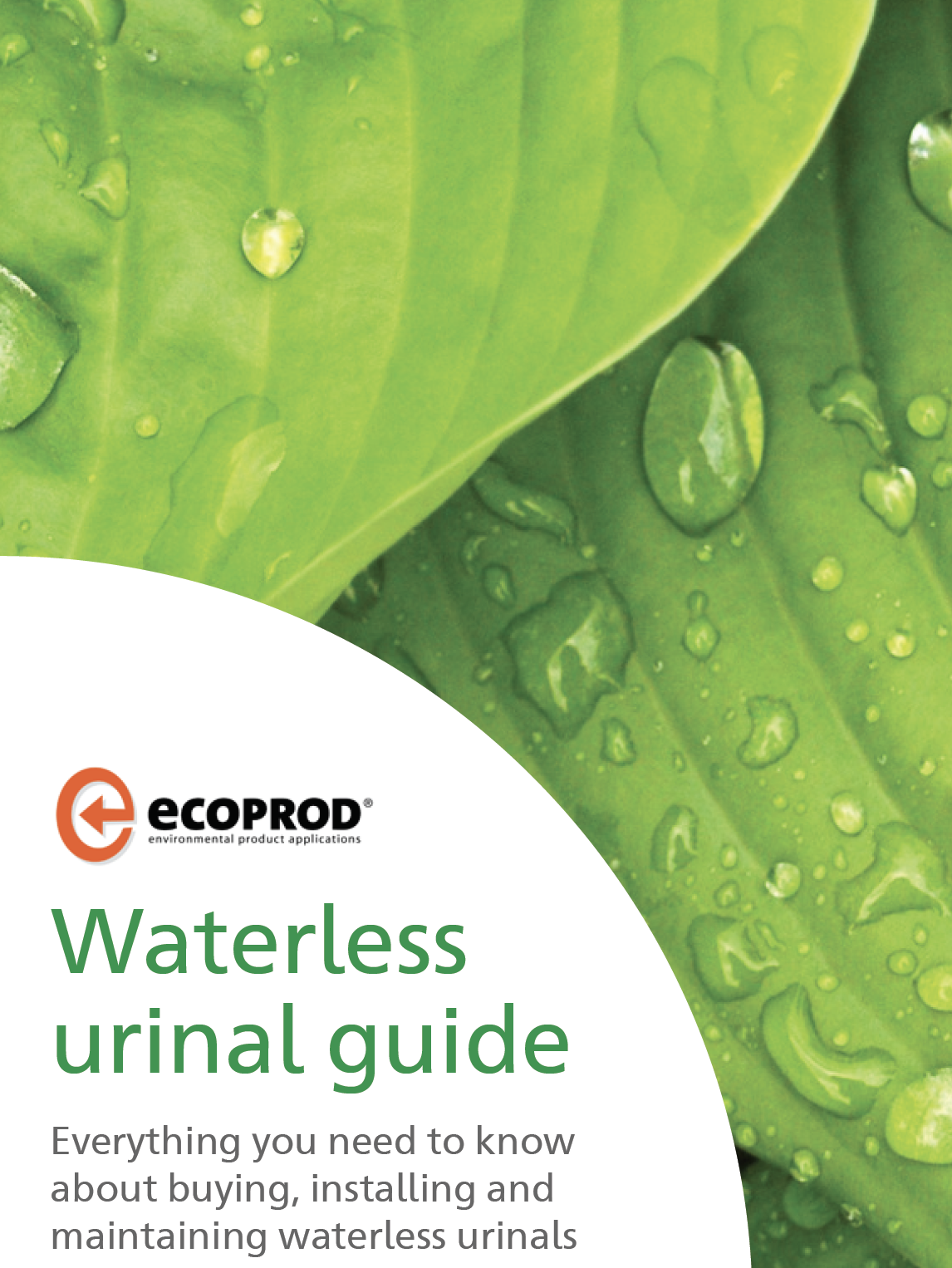


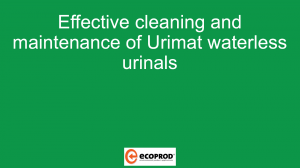





 For the last 8 years Robert Summer – Head of International Sales and Marketing – has developed structured distribution network worldwide for CONTI+ brand. The products offer great benefit for washrooms and shower rooms for public, semi-public and health sector. Today, sustainability, hygiene and smartness are key to CONTI+ solutions. Robert lives the brand and its USPs and loves to support and motivate his team on a daily basis.
For the last 8 years Robert Summer – Head of International Sales and Marketing – has developed structured distribution network worldwide for CONTI+ brand. The products offer great benefit for washrooms and shower rooms for public, semi-public and health sector. Today, sustainability, hygiene and smartness are key to CONTI+ solutions. Robert lives the brand and its USPs and loves to support and motivate his team on a daily basis.




